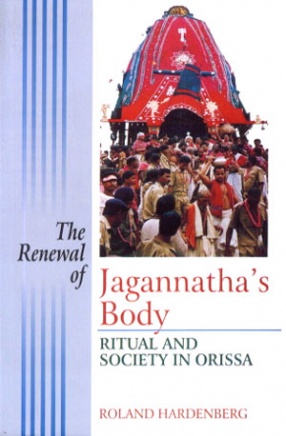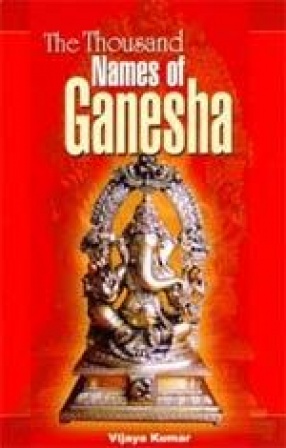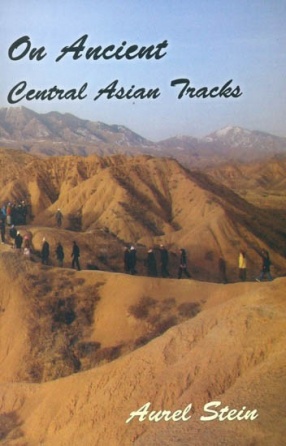The central theme of this book is the renewal of the main deities of the jagannatha-temple of Puri in eastern Orissa. This temple is one of the four dham of Lord Vishnu and one of the most important pilgrimage places of India. Every year it attracts millions of pilgrims who come to receive Jagannatha’s blessings and participate in his elaborate forms of worship. About every nineteen years, this famous deity along with his brother Balabhadra his sister subhadra and his weapon Sudarsana are renewed because their images are partly constructed form wood which decays and must be substituted. This ritual of renewal (nabakalebara), in which the deities receive new wooden bodies, is one of the most interesting and mysterious temple rituals in India. It continues for more than two months and involves hundreds of different temple rituals in India. It continues for more than two months and involves hundred of different temple servants who perform various rituals, often in a secret way behind closed doors, in the darkness or in remote forests. It is therefore hardly known to the public and only very little research has been done on it in the past.
This book gives a detailed description and analysis of the ceremony and its elaborate organisation. The author, Roland Hardenberg a German social anthropologists, has himself attended the last nabakalebara in 1966. his work is based on 14 months of fieldwork in coastal Orissa during which he conducted ethnographic fieldwork among the many thousand temple servants of Puri. He interviewed the king of Puri, who serves as the official head of the ceremony, as well as many of the various priests and servants who actually conduct the ceremony. His account also uses written sources about the ritual such as temple manuscripts, pamphlets or private documents.
The book covers the whole event in all its complexity; its ritual and bureaucratic organisation, the various ritual performances and their meaning and the different lines of conflict, which accompanied the event in this rapidly modernizing pilgrimage town. The result will be useful to both, specialists of Orissan history and anthropology as well as to students of religion and of social/cultural anthropology. To the specialist, the book offers the first detailed account of one of the most secret ceremonies in Orissa’s world famous Jagannatha temple. Students of religion and of social anthropology will find this book with its detailed descriptions of practical Hinduism a very helpful source for understanding religion in its social context.





There are no reviews yet.